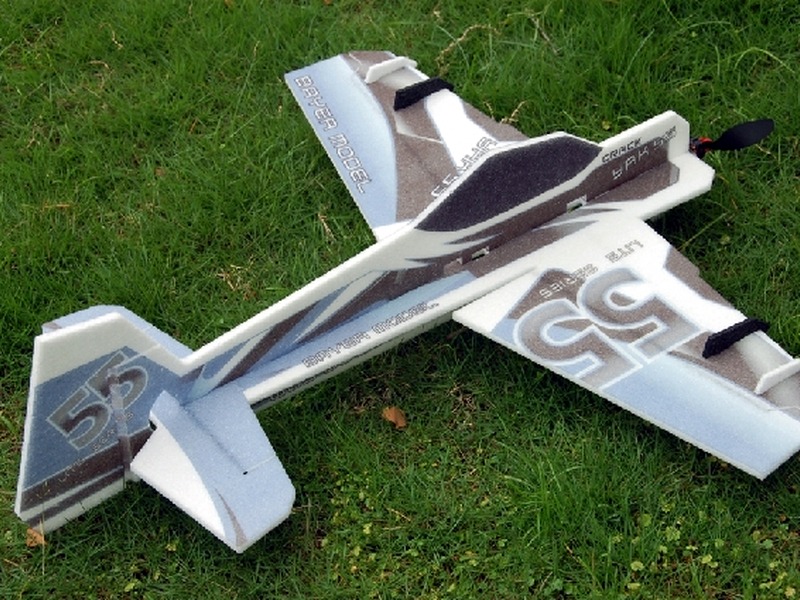How much wind can an RC plane handle?

The answer to the question of how much wind an RC plane can handle depends on a few factors.
First, the type of RC plane will determine how much wind it can handle. Generally speaking, larger planes like those built for scale flying, aerobatic flying, or combat flying can typically handle more wind than smaller trainer planes. This is because they are designed to be more aerodynamically efficient and are often constructed of more robust materials. In addition, more experienced pilots may be better able to fly in higher wind conditions since they can more accurately predict the impact of the wind on the plane and take corrective action to maintain control.
Second, the type of wind will affect how much an RC plane can handle. Gusty winds and turbulence will be more difficult to manage than steady winds. Similarly, winds coming from different directions will have different effects on the plane’s ability to stay aloft. In addition, crosswinds that are perpendicular to the direction of the plane’s flight may cause the plane to drift off course.
Finally, the amount of wind an RC plane can handle will be impacted by the pilot’s skill level and experience. Generally speaking, a more experienced and skilled pilot will be better equipped to handle higher wind conditions than a novice pilot. This is because they will be familiar with the various ways in which wind can affect the plane’s performance and behavior and will be able to adjust their flying technique accordingly.
In conclusion, the amount of wind an RC plane can handle can vary significantly depending on the type of plane, the type of wind, and the pilot’s experience. Generally speaking, larger planes and more experienced pilots will be better able to handle higher wind conditions. However, it is important to always keep safety in mind when attempting to fly in windy conditions. It is best to err on the side of caution and avoid flying in any wind that may be too strong for the plane or pilot’s ability.
Comments / Question
- Using a larger, more aerodynamic plane with a higher wing loading
- Adjusting the control surfaces for increased stability
- Adjusting the motor power and propeller pitch for increased thrust
- Avoiding flying in gusty or turbulent winds
- Keeping the plane further away from the ground to reduce wind turbulence
- Having an experienced spotter or pilot to assist with take-off and landing.
2. Use a shorter launch line to reduce the risk of the plane being dragged away by the wind.
3. Make sure that the plane is properly balanced and trimmed for the wind conditions.
4. Avoid flying in strong crosswinds or gusts.
5. Monitor the plane's altitude carefully and be prepared to land if the wind picks up unexpectedly.
6. Fly in an area with plenty of open space so that you have room to maneuver if necessary.
7. Be aware of the wind direction and speed and adjust your flight plan accordingly.
8. Be mindful of other aircraft in the area and fly responsibly.
2. Use ailerons: Ailerons are small, hinged sections of the wing that can be used to control the plane’s roll, meaning that it can be steered into the wind and away from turbulence.
3. Increase the dihedral angle: Increasing the dihedral angle of the wing will increase the stability of the plane in windy conditions.
4. Increase the weight of the plane: A heavier plane will be more resistant to gusts of wind.
5. Use a higher wing loading: A higher wing loading will help the plane to cut through the air more efficiently, reducing drag and allowing it to fly in higher winds.
6. Use a bigger propeller: A bigger propeller will generate more thrust, allowing the plane to fly faster and more efficiently in windy conditions.
7. Use aileron differential: Aileron differential will help the plane to stay level in turbulent air by having the ailerons act differently when the plane is turning.
8. Use spoilers: Spoilers will reduce the lift of the plane when in windy conditions, helping it to stay stable.

